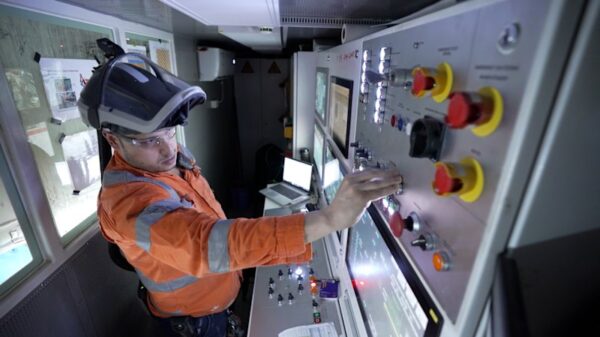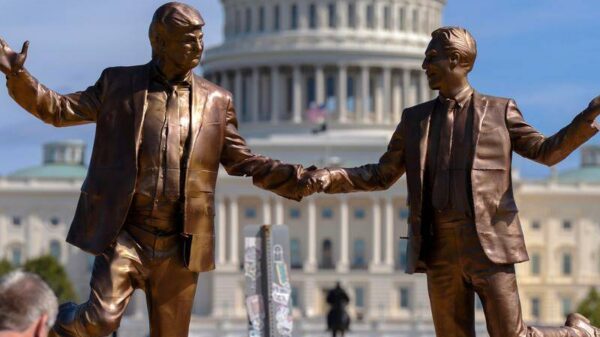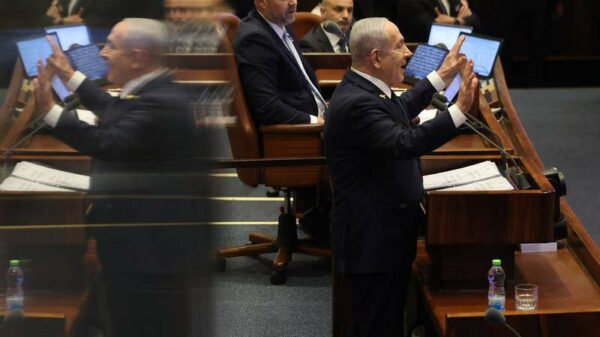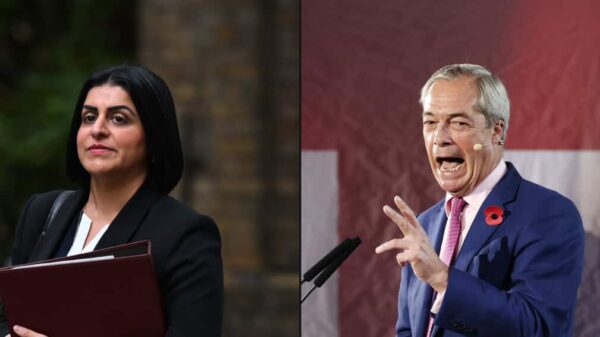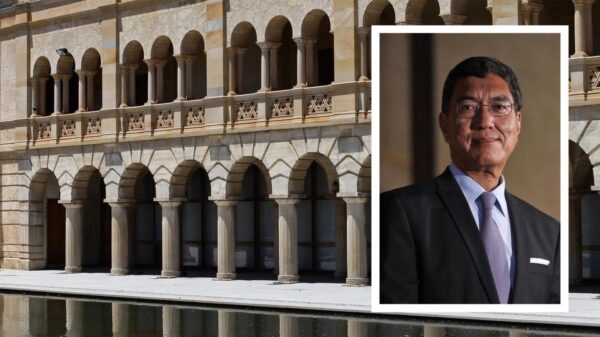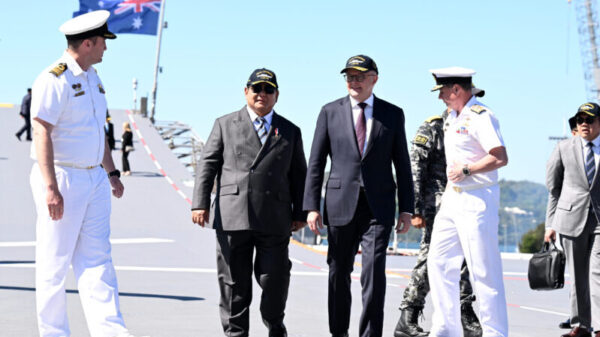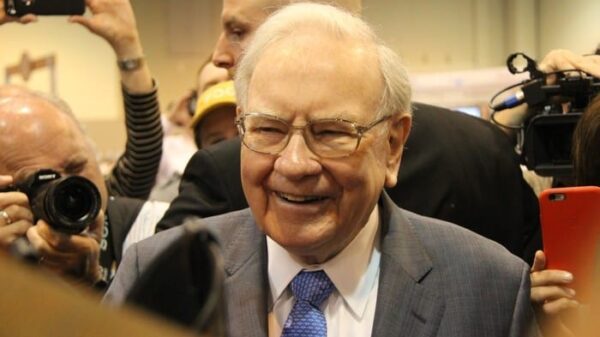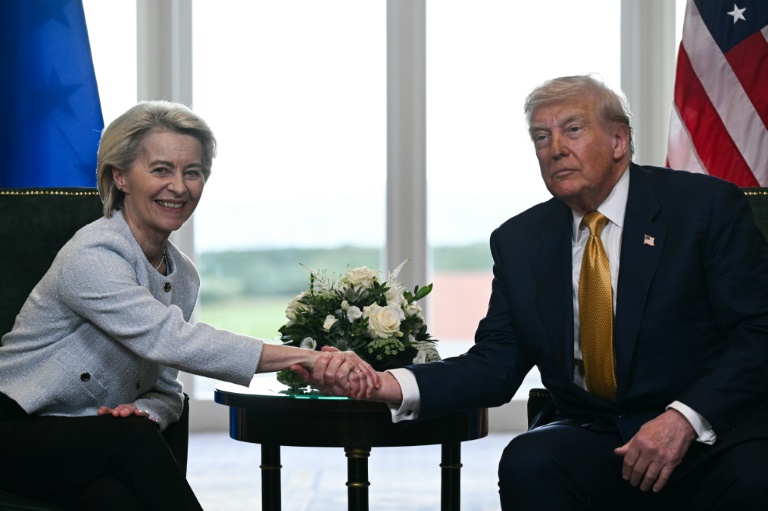The European Union has defended its recent trade agreement with President Donald Trump, despite facing considerable backlash from member states and industry leaders. The deal, finalized on August 1, 2023, aims to avert a trade war that could have imposed tariffs of up to 30 percent on EU exports to the United States. Maros Sefcovic, the EU’s chief trade negotiator, expressed confidence that the agreement is preferable to escalating tensions, stating, “I’m 100-percent sure that this deal is better than a trade war with the United States.”
The framework accord, secured by Ursula von der Leyen, President of the European Commission, includes a commitment from EU companies to purchase approximately $750 billion worth of energy from the United States and invest an additional $600 billion in U.S. markets. While these figures are substantial, the binding nature of these commitments remains unclear. Under the terms of the agreement, EU exports will face a uniform tariff of 15 percent, which, while lower than the previously threatened rates, has been deemed insufficient by some leaders.
Reactions from European capitals have varied, with many expressing disappointment at the perceived concessions. French Prime Minister François Bayrou labeled the agreement a “dark day” for Europe, suggesting it represents a form of submission. Similarly, German Chancellor Friedrich Merz acknowledged the deal’s negative implications, stating, “We couldn’t expect to achieve any more,” while noting that the tariffs would inflict “substantial damage” on Germany.
Spanish Prime Minister Pedro Sanchez offered support for the deal but did so “without any enthusiasm,” reflecting a broader sentiment among industry groups. The German automotive sector voiced concerns, with their main industry body stating that the 15 percent levy imposes significant burdens on car manufacturers. Additionally, Viktor Orban, Prime Minister of Hungary, criticized the agreement, claiming that “Trump ate Ursula von der Leyen for breakfast.”
European stock markets reacted negatively to the announcement, erasing earlier gains as investors expressed unease over the terms of the deal. Alberto Rizzi from the European Council on Foreign Relations commented, “It looks a bit like a capitulation,” arguing that the EU has accepted an unbalanced agreement that favors Trump politically.
The urgency behind the negotiations stemmed from the potential economic fallout of a no-deal scenario, which could have jeopardized up to five million jobs in Europe. Throughout the discussions, EU officials prioritized maintaining stable relations with the United States over confrontation, especially given the broader implications for security cooperation, particularly concerning the ongoing war in Ukraine. “It’s not only about trade—it’s about security; it’s about Ukraine,” Sefcovic emphasized.
Some analysts have recognized the challenges in negotiating with the U.S. under these circumstances. Jacob Funk Kirkegaard from the Peterson Institute for International Economics acknowledged the deal as “imbalanced” from a trade perspective but suggested that it may serve to prevent more severe national security consequences.
In the lead-up to the agreement, member states had pushed for a more assertive stance, approving a $109 billion package of counter-tariffs as a last-minute strategy. France, in particular, had advocated for stronger measures, including the potential use of an anti-coercion instrument. However, experts believe that the EU’s firm approach may have come too late to effect meaningful change in negotiations.
As the EU moves forward, the focus will shift to understanding the full implications of the agreement and how various sectors will be affected by the new tariff structure. The coming days are expected to reveal more details regarding which industries may escape the additional levies, offering a clearer picture of the deal’s impact on the European economy.





